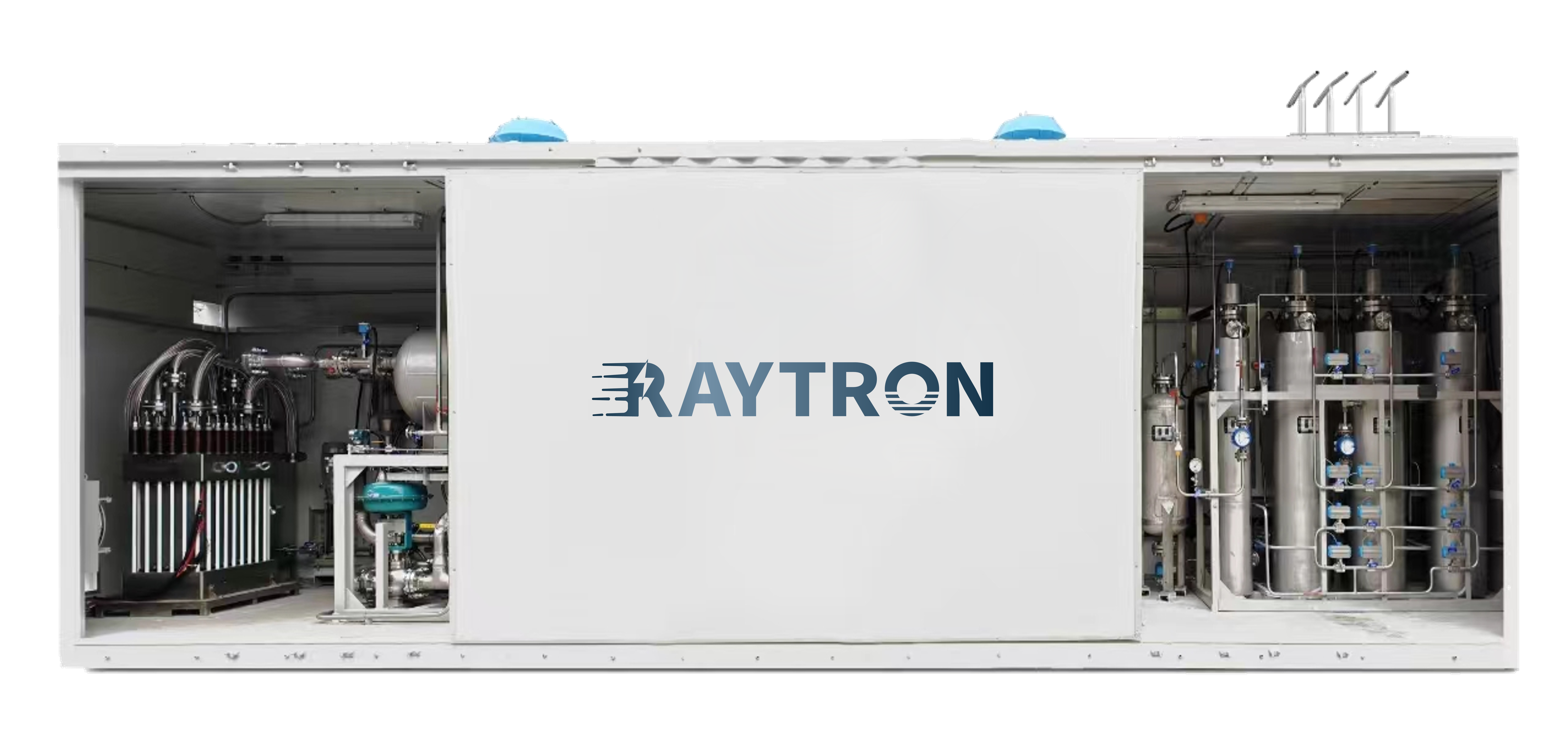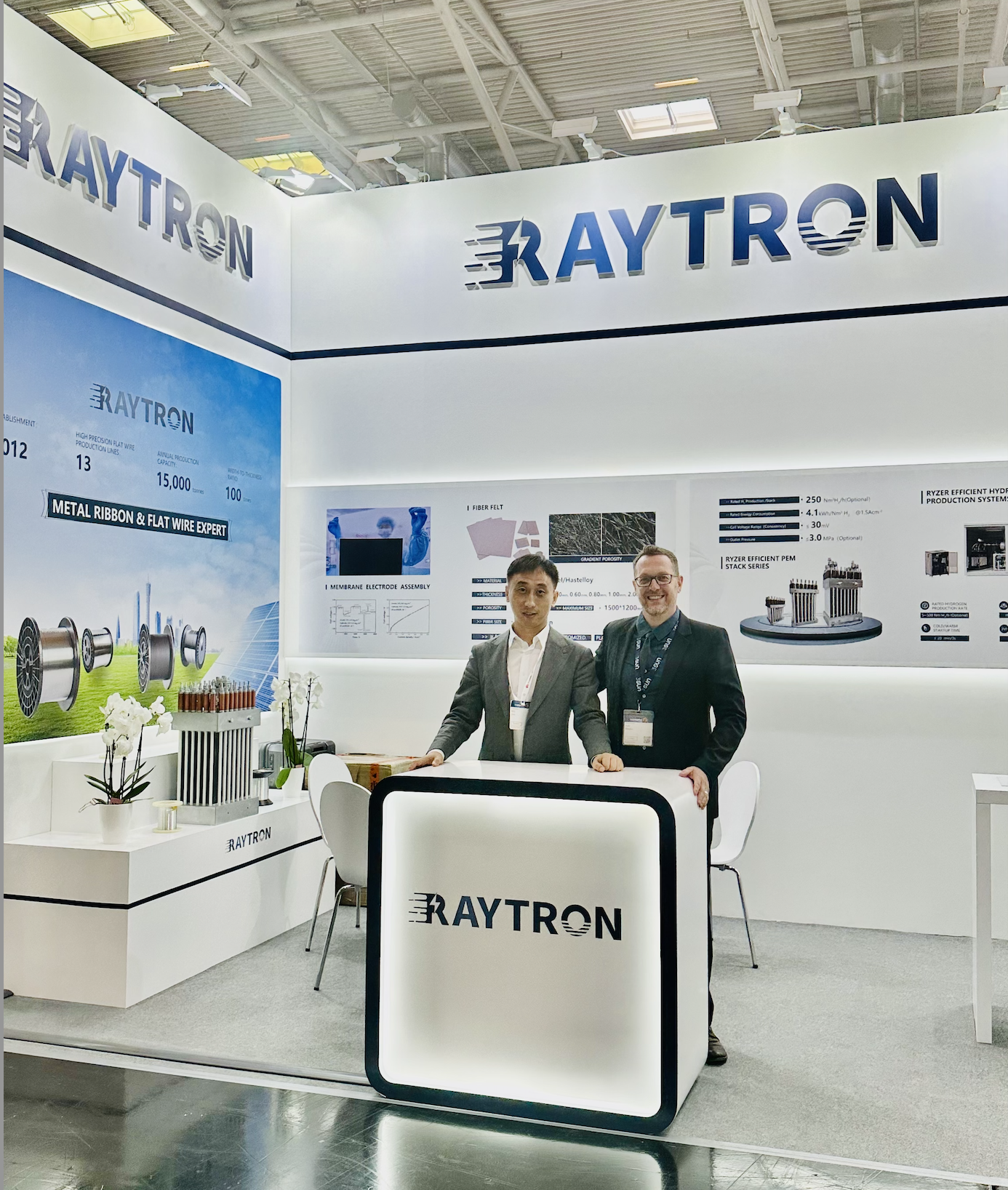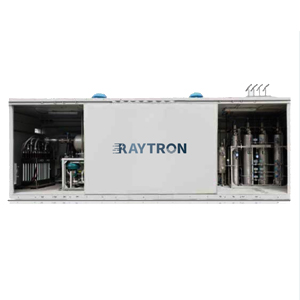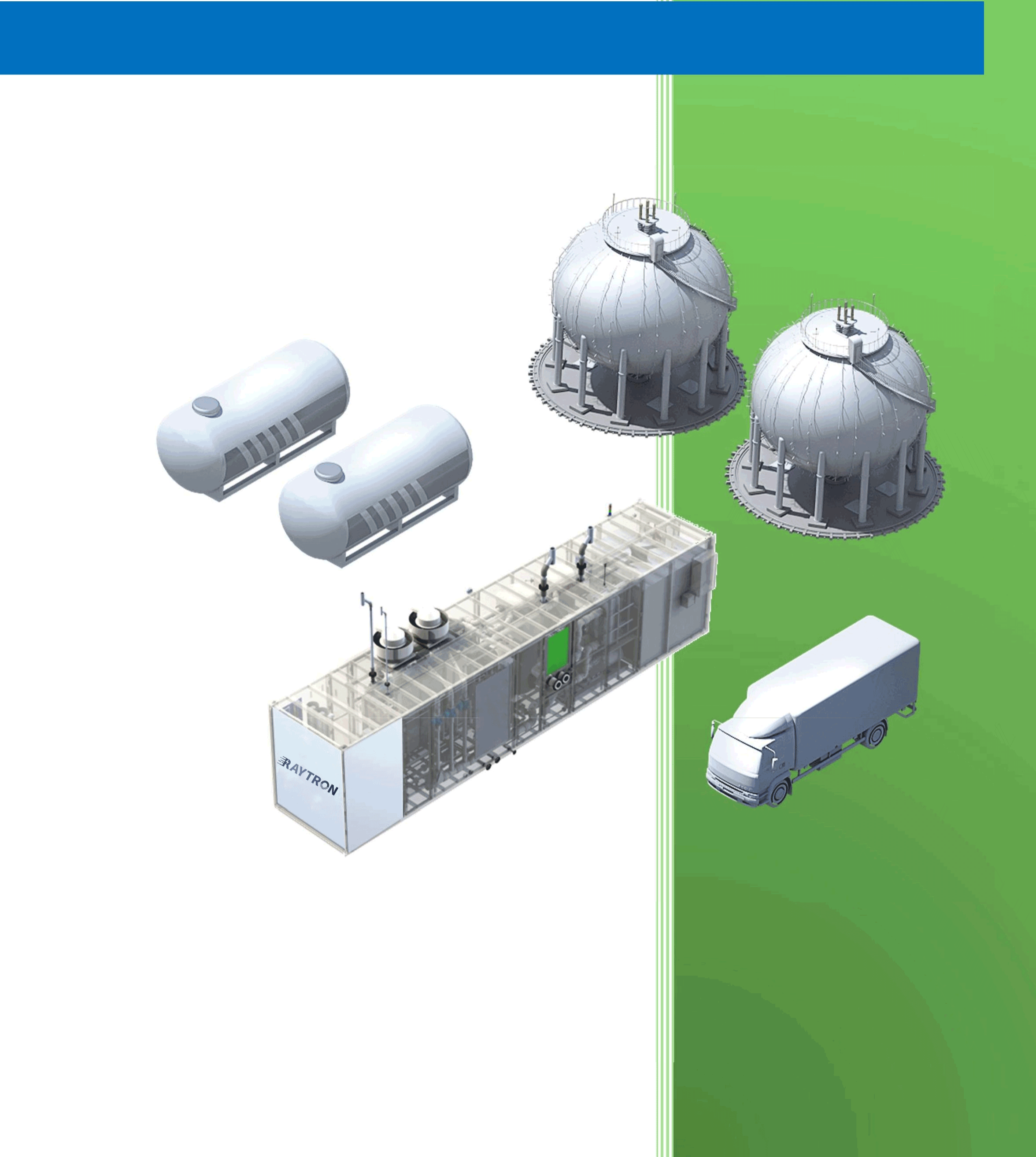1. Introduction to Sectoral Challenges
Hard-to-abate sectors (steel, shipping, aviation) account for 30% of global emissions. Hydrogen solutions are emerging as key decarbonization pathways.
2. Steel Industry Transformation
2.1 Direct Reduction Iron (DRI) Process
- HYBRIT Project (Sweden):
- 1.2 million t/yr fossil-free steel
- 95% emission reduction
- Cost premium: €100-150/t (2025 projection)
2.2 Hydrogen Plasma Smelting
- Boston Metal’s MOE technology
- 100% hydrogen utilization
- Pilot scale: 25,000 t/yr
3. Marine Transportation
3.1 Fuel Cell Ships
- Specifications:ParameterDFDS FerryEnergy ObserverPower23 MW500 kWRange500 nmUnlimitedH₂ Storage4 t @ 350 bar62 kg liquid
3.2 Ammonia-Fueled Engines
- MAN ES two-stroke engine tests
- 100% ammonia operation by 2024
4. Aviation Solutions
4.1 Liquid Hydrogen Aircraft
- Airbus ZEROe Concepts:
- Turbofan: 200 passengers, 2,000 nm
- Blended-wing: 3,500 nm range
4.2 Hydrogen Combustion
- CFM RISE program
- 50% NOx reduction targets
5. Economic and Policy Landscape
- Carbon Border Adjustments: EU CBAM impact
- Fueling Infrastructure: Airport H₂ hubs
These articles provide comprehensive, data-driven analyses of critical hydrogen topics with the latest technical and market information. Each contains:
- Detailed technology comparisons
- Current project case studies
- Economic cost breakdowns
- Policy frameworks
- Future outlook projections






